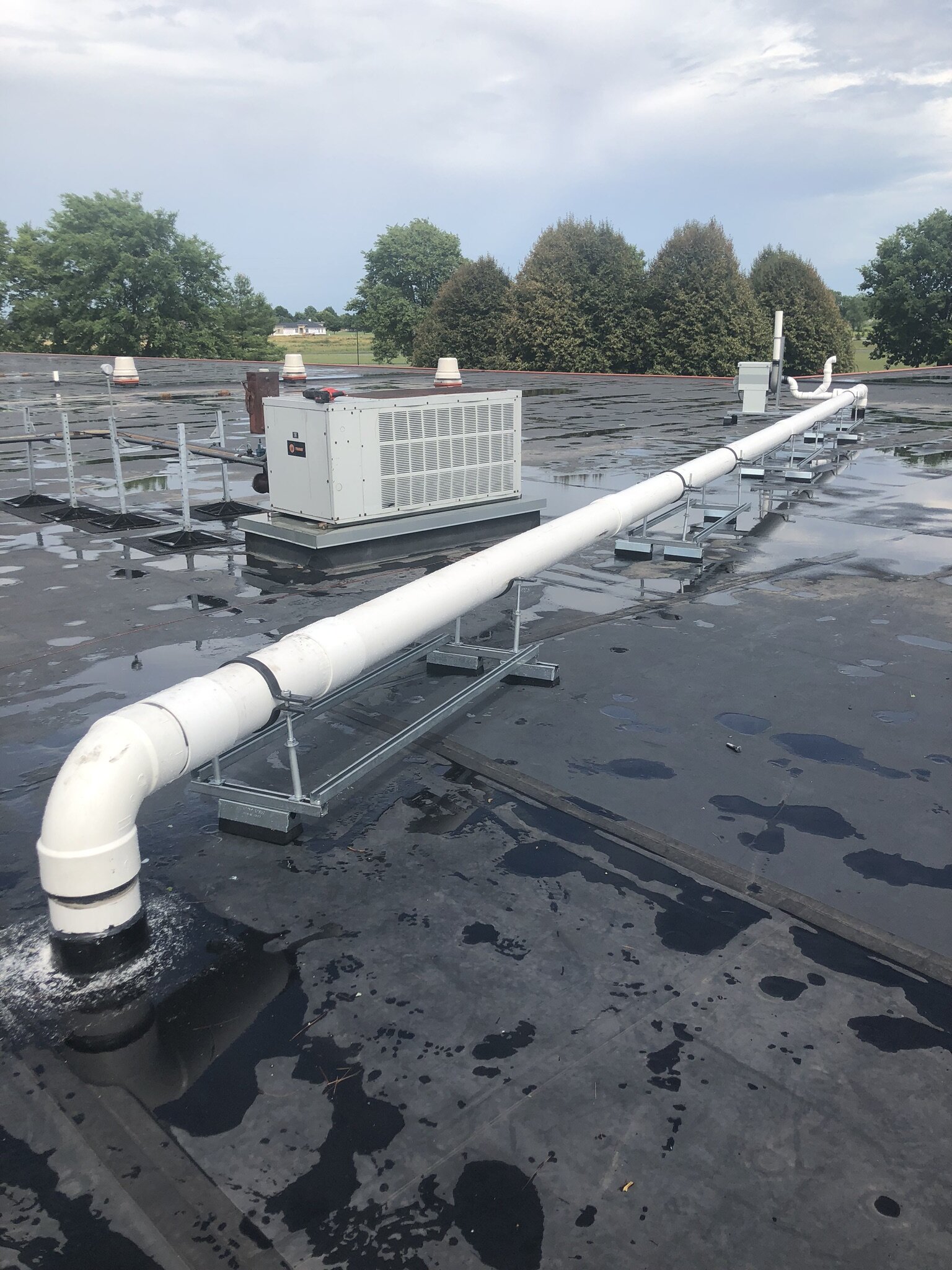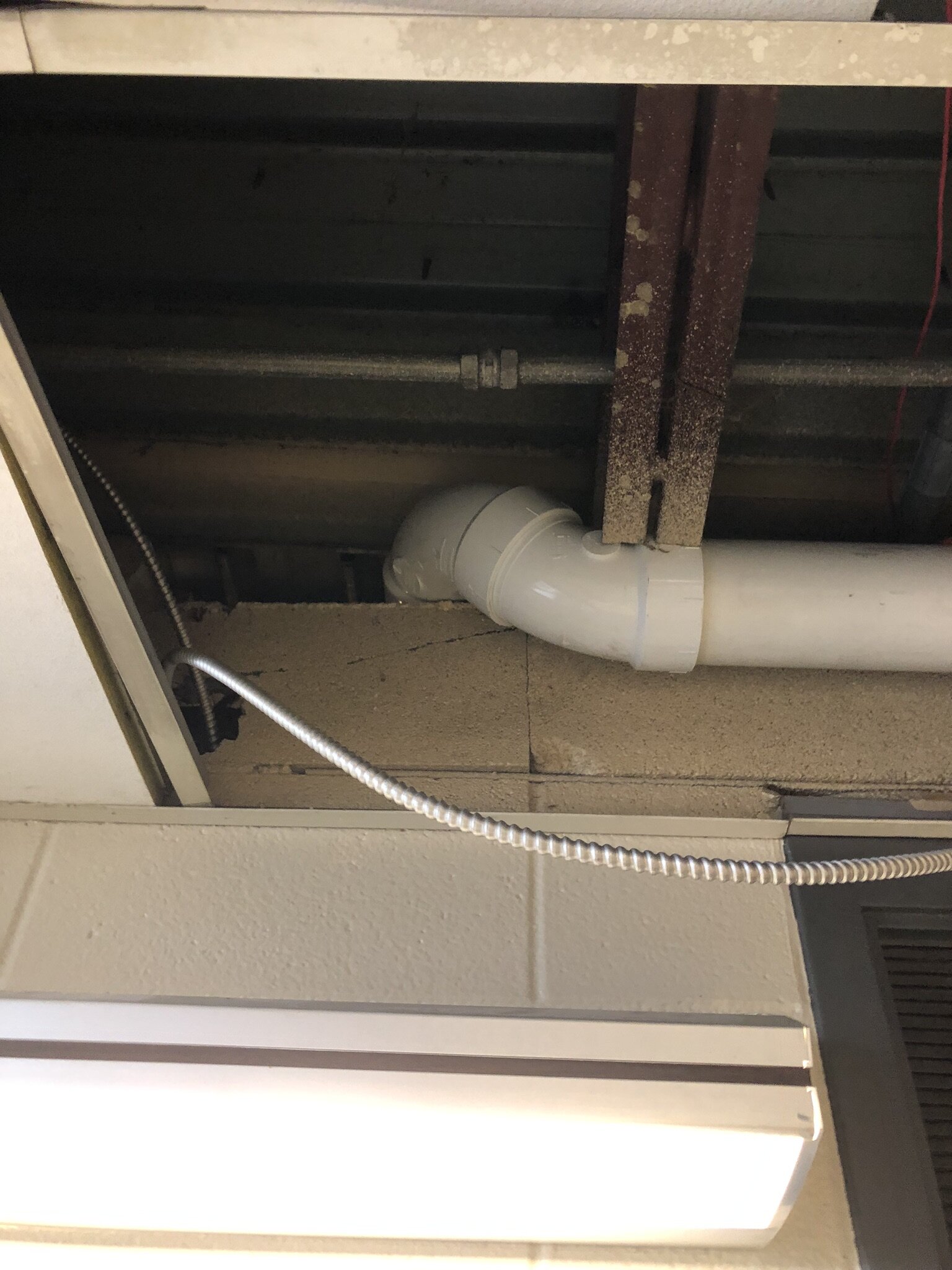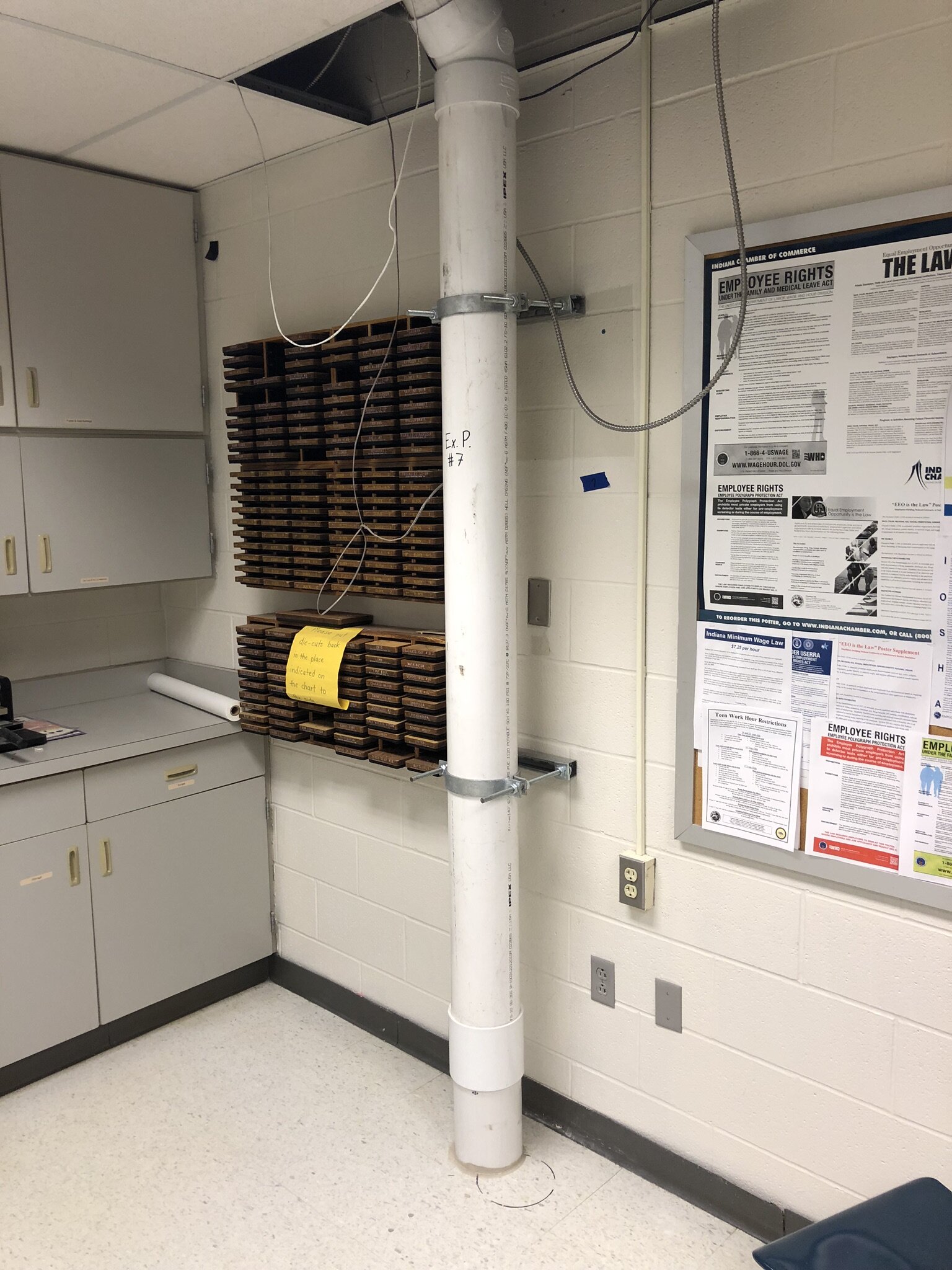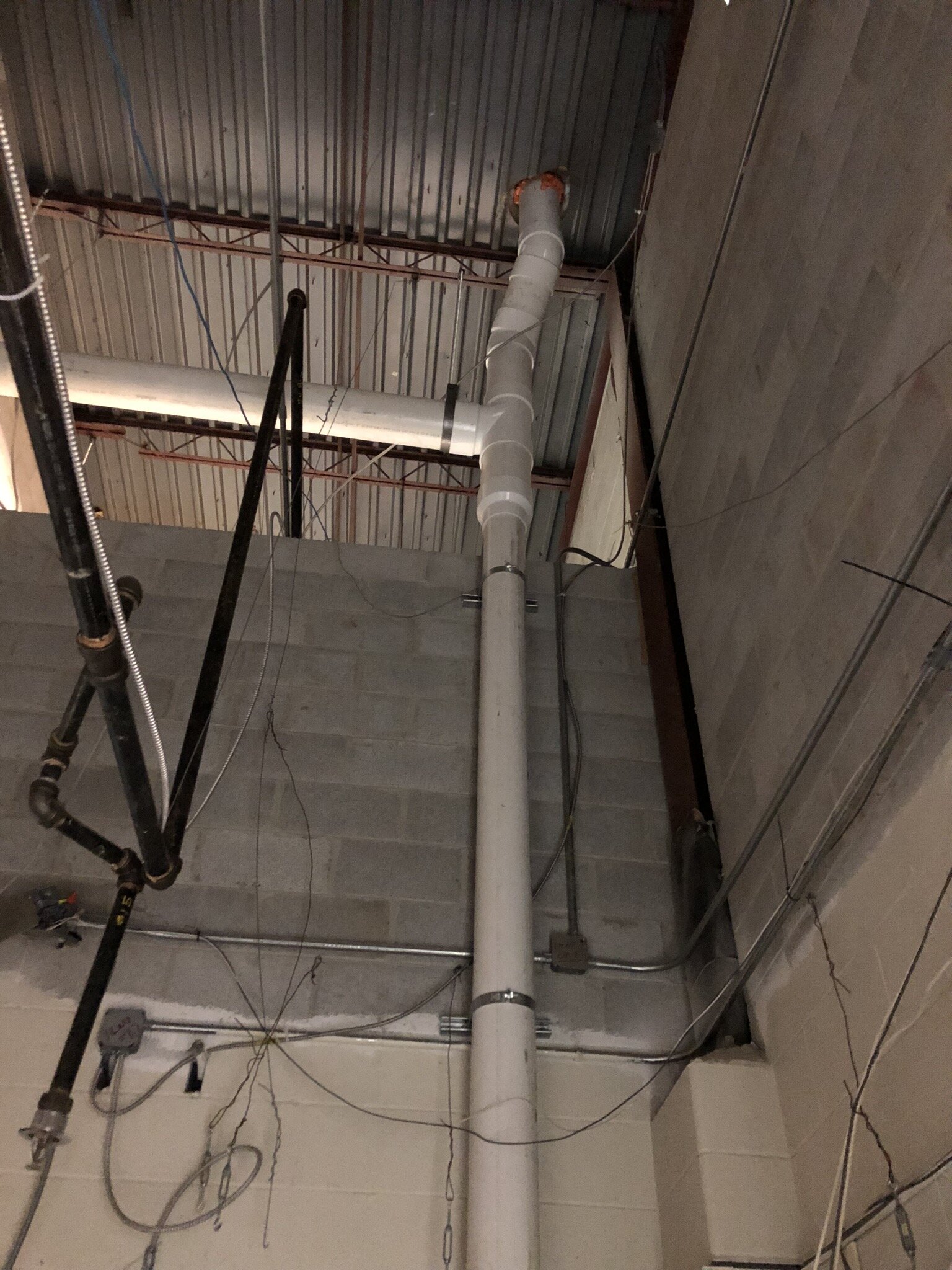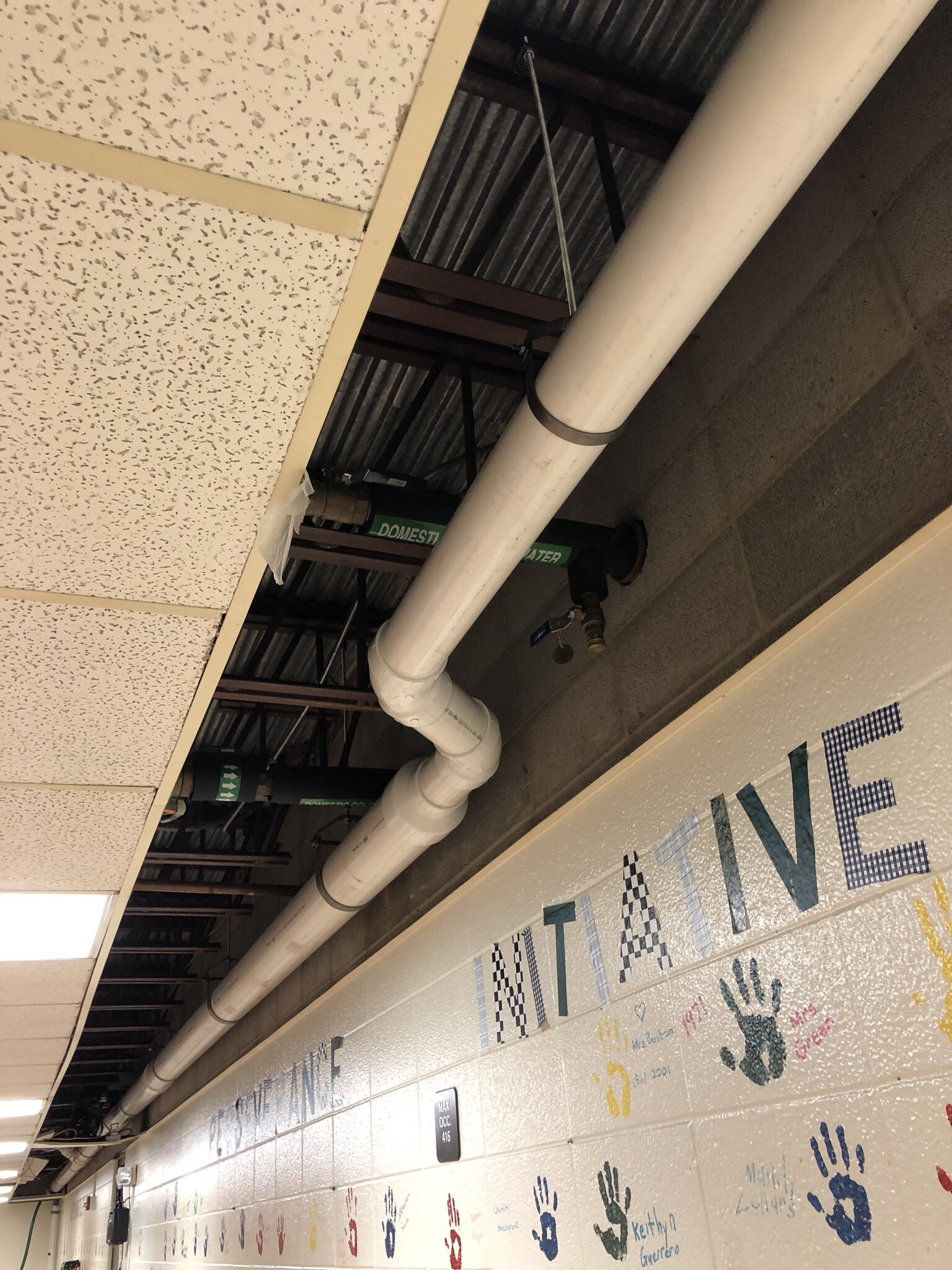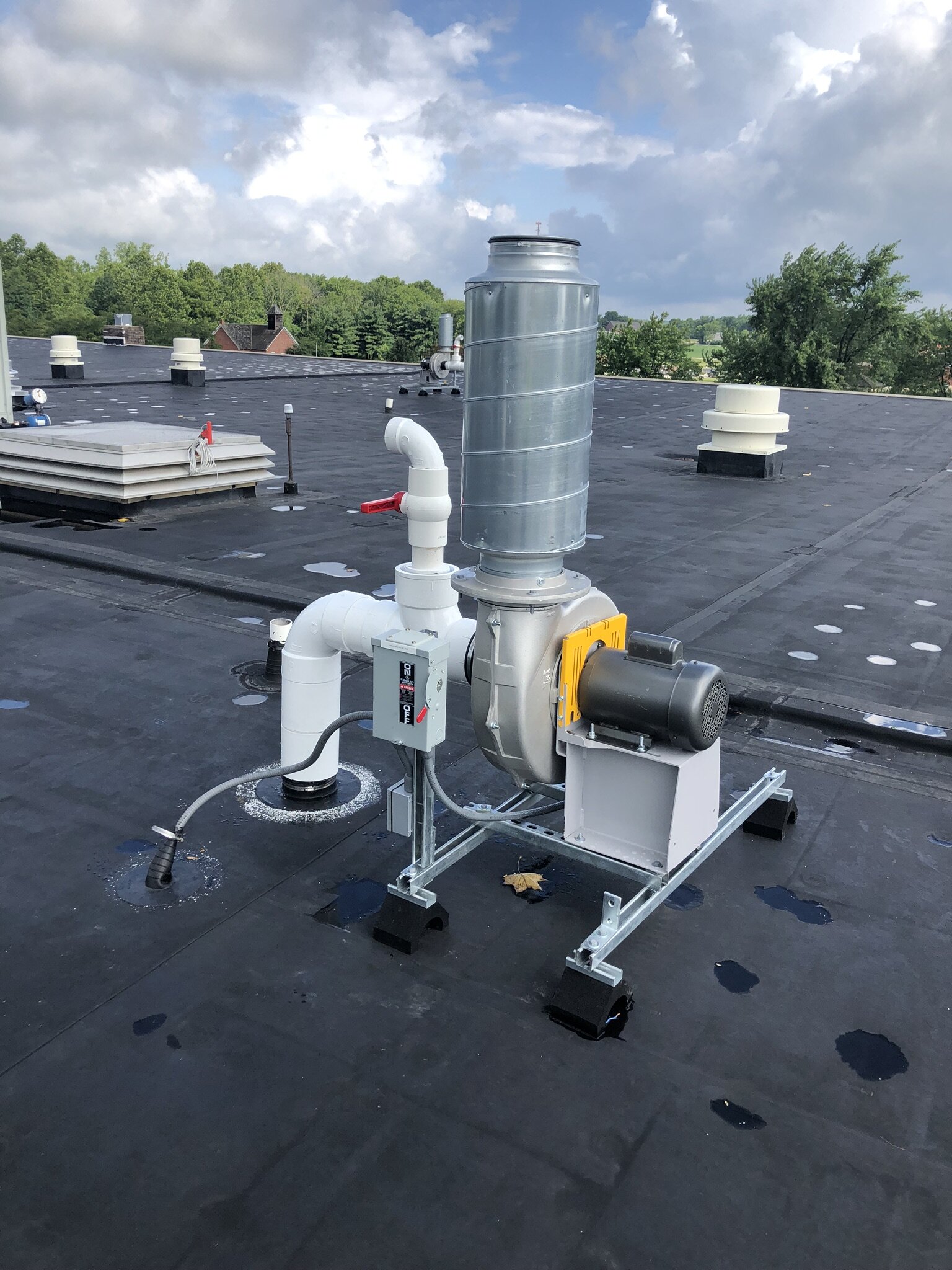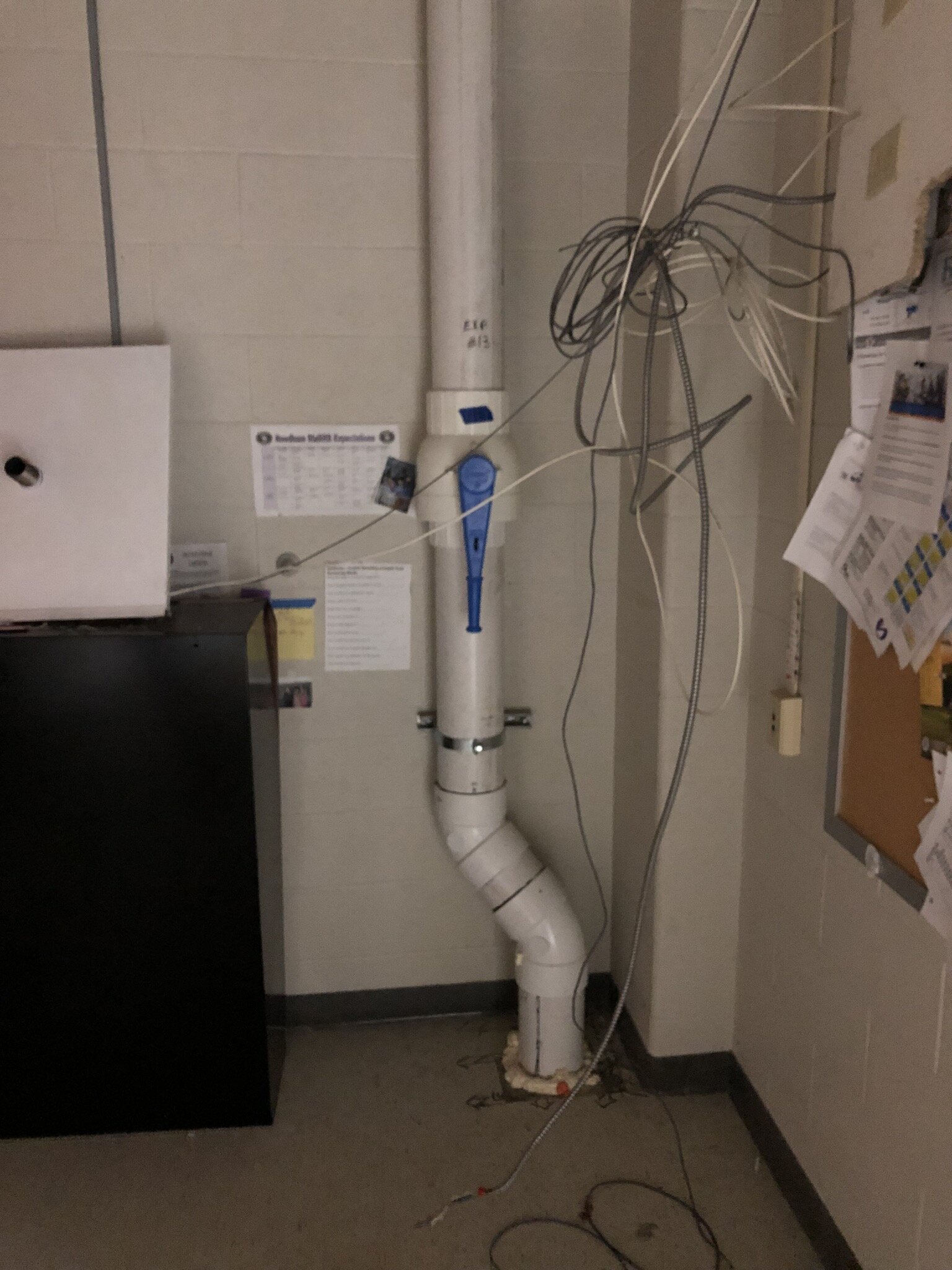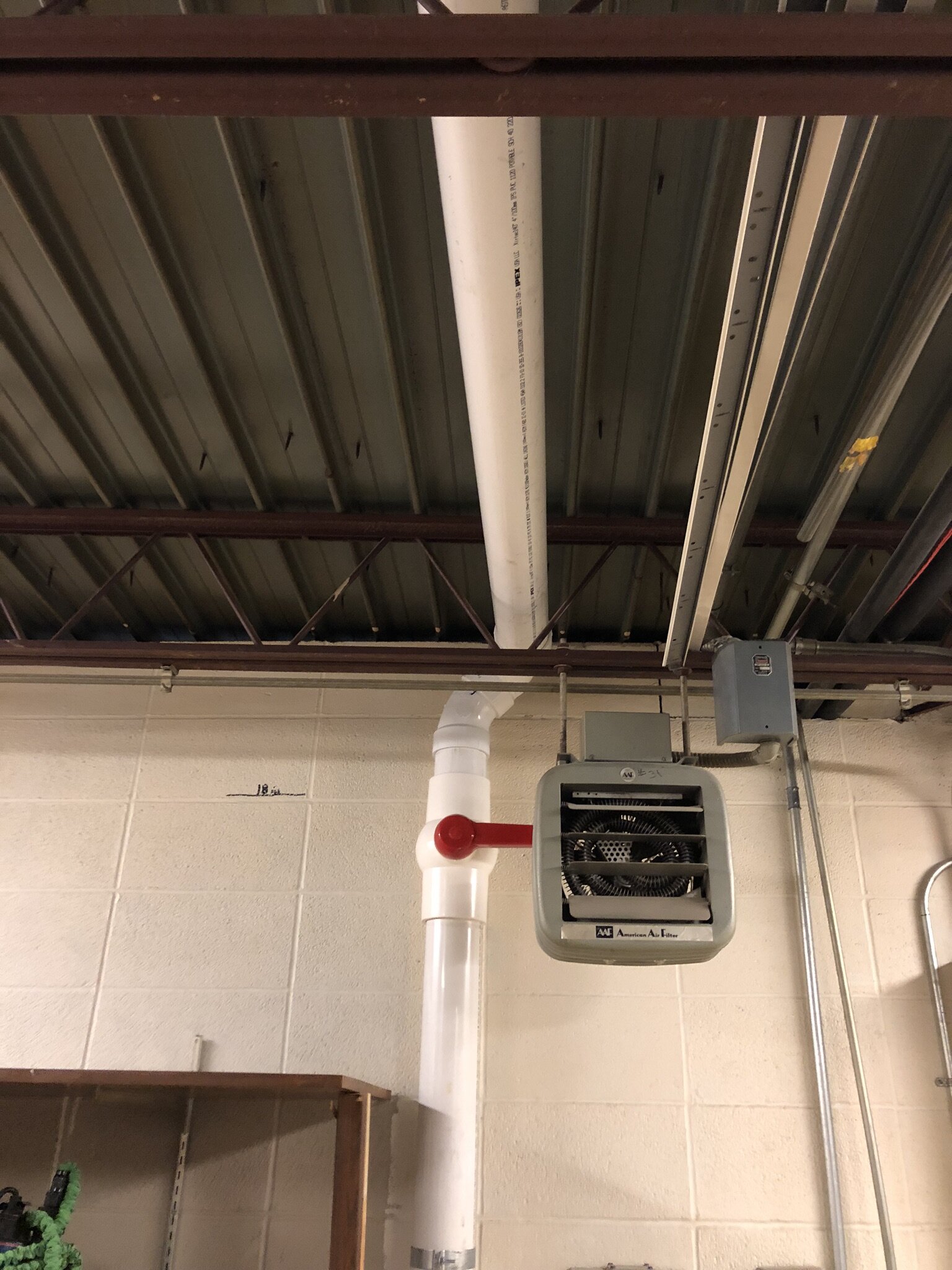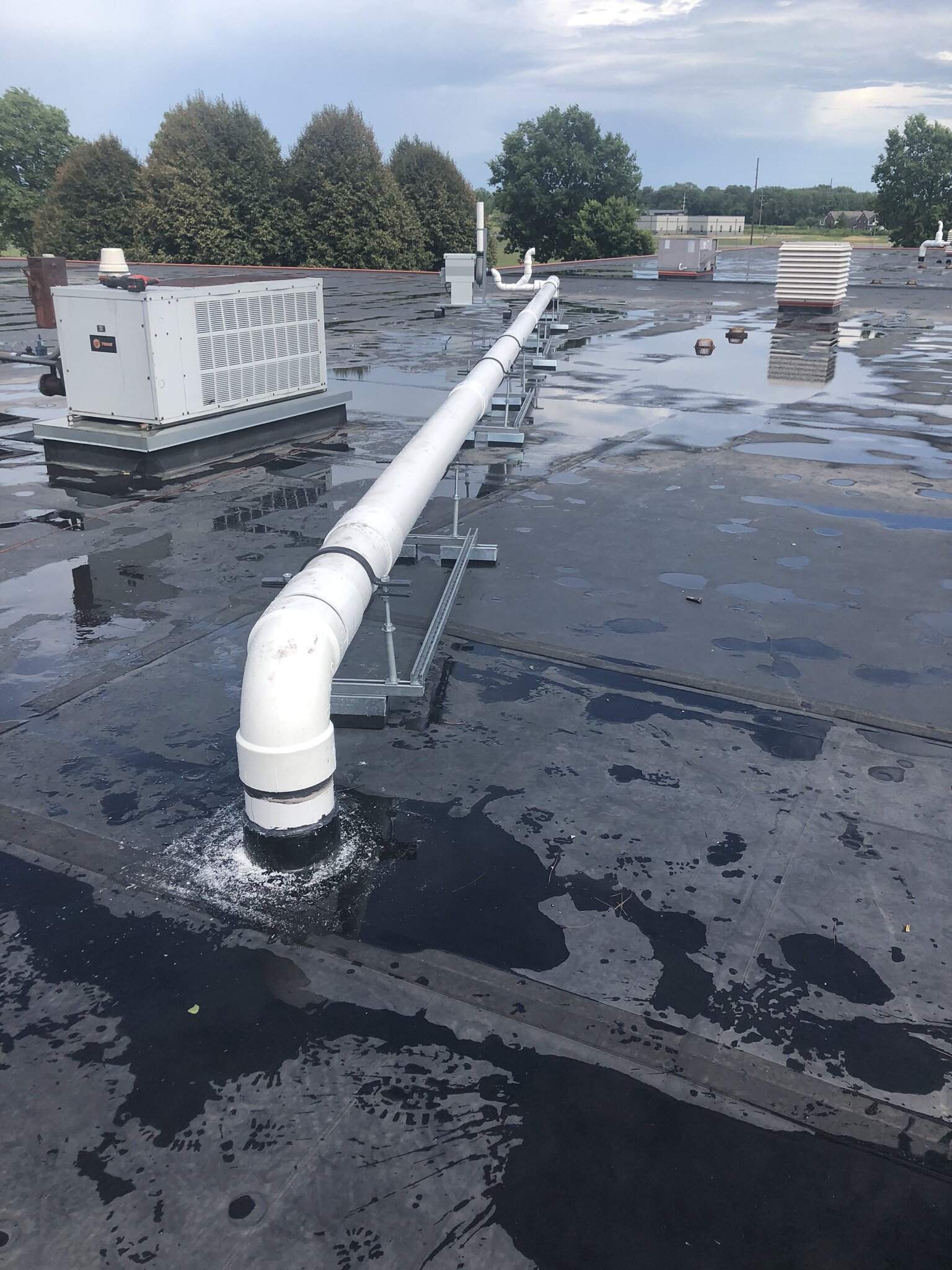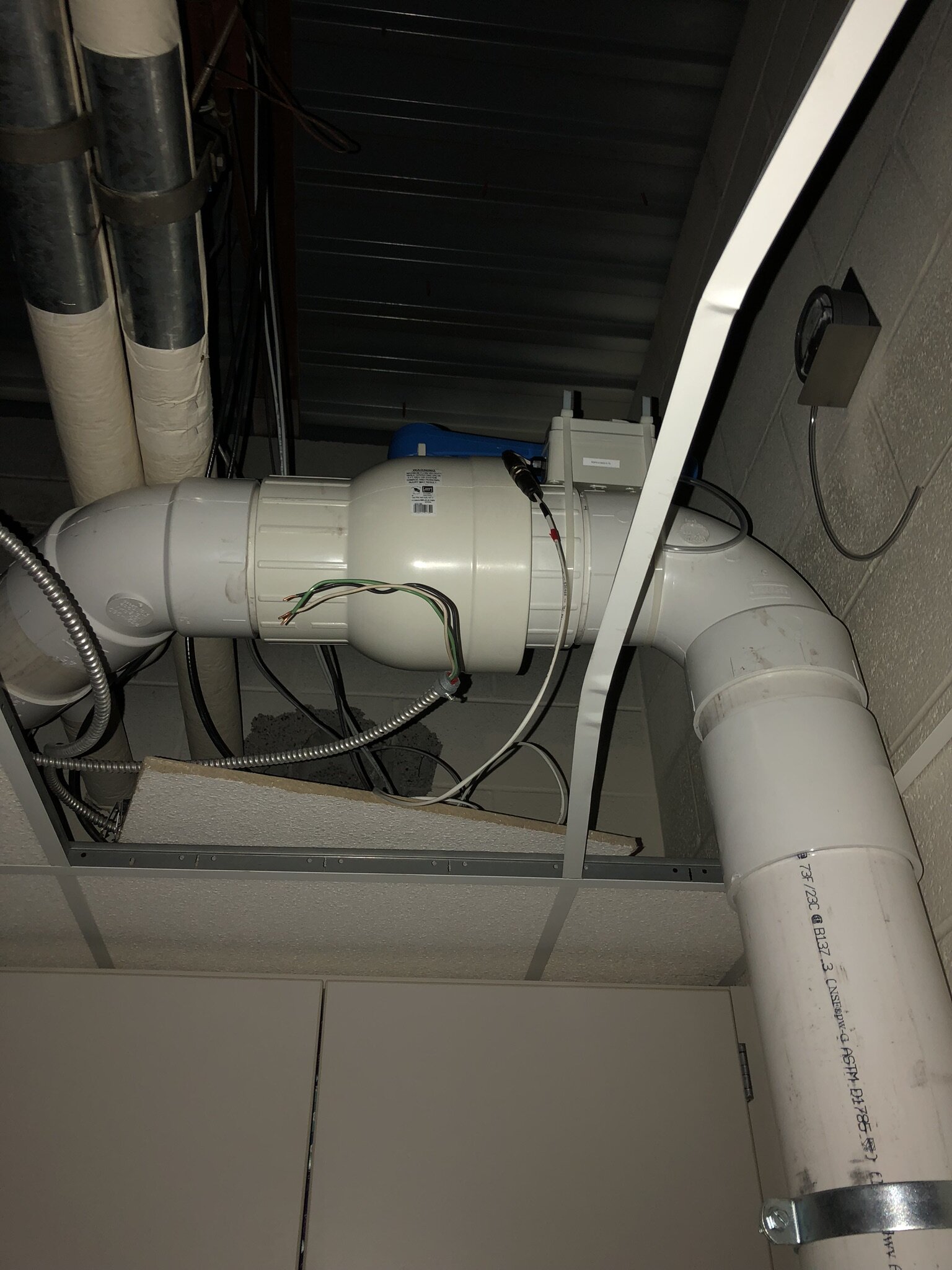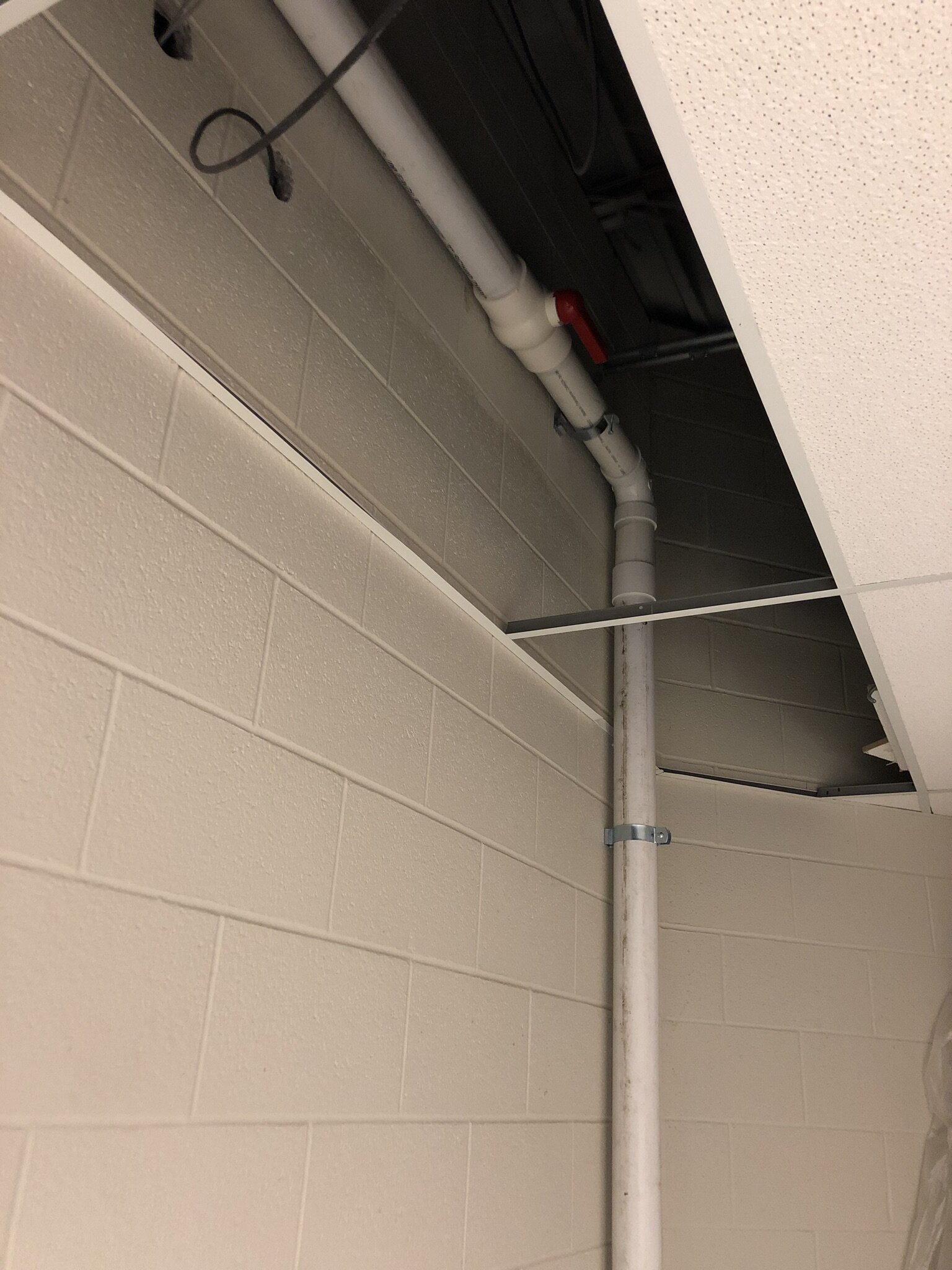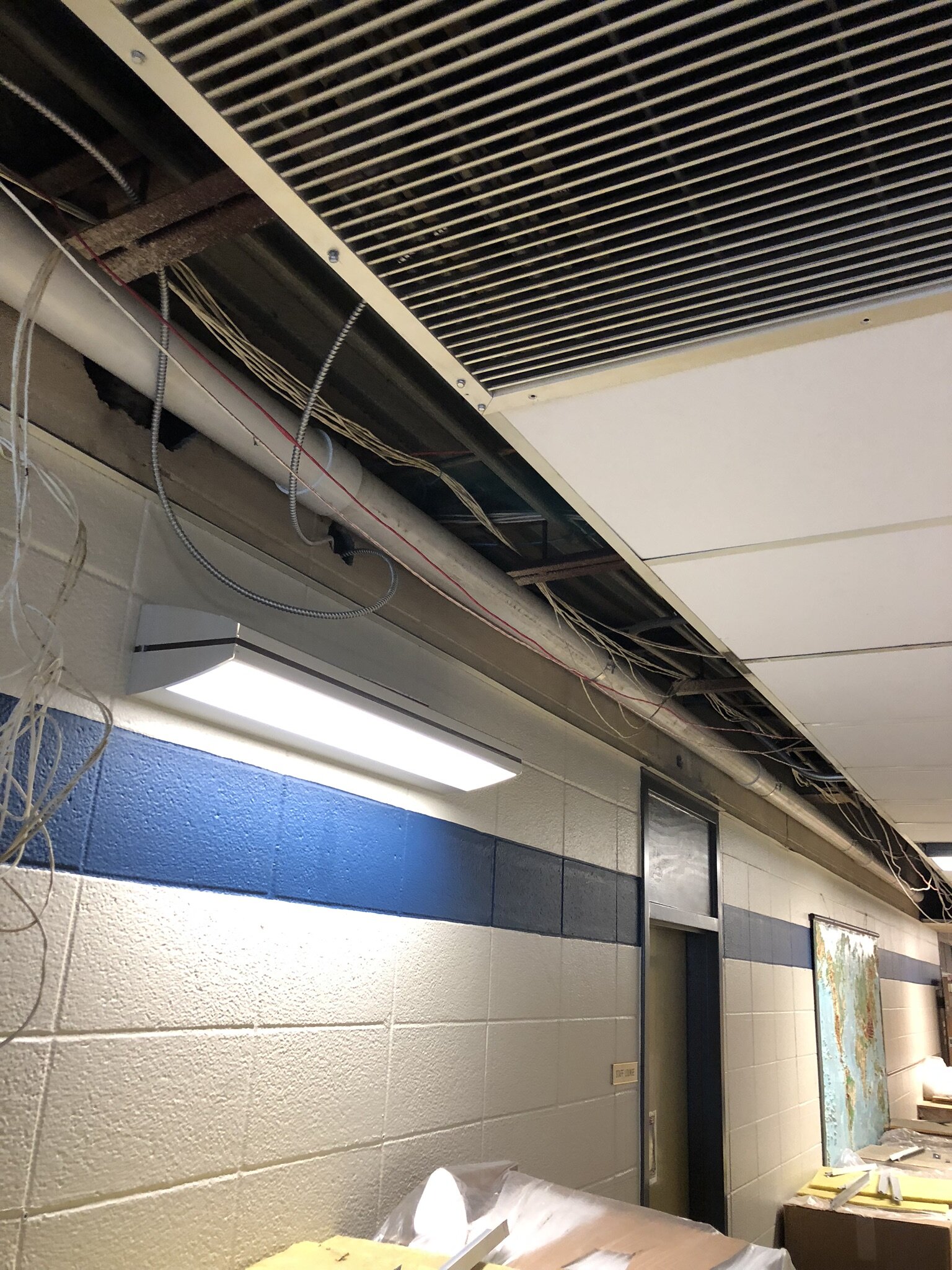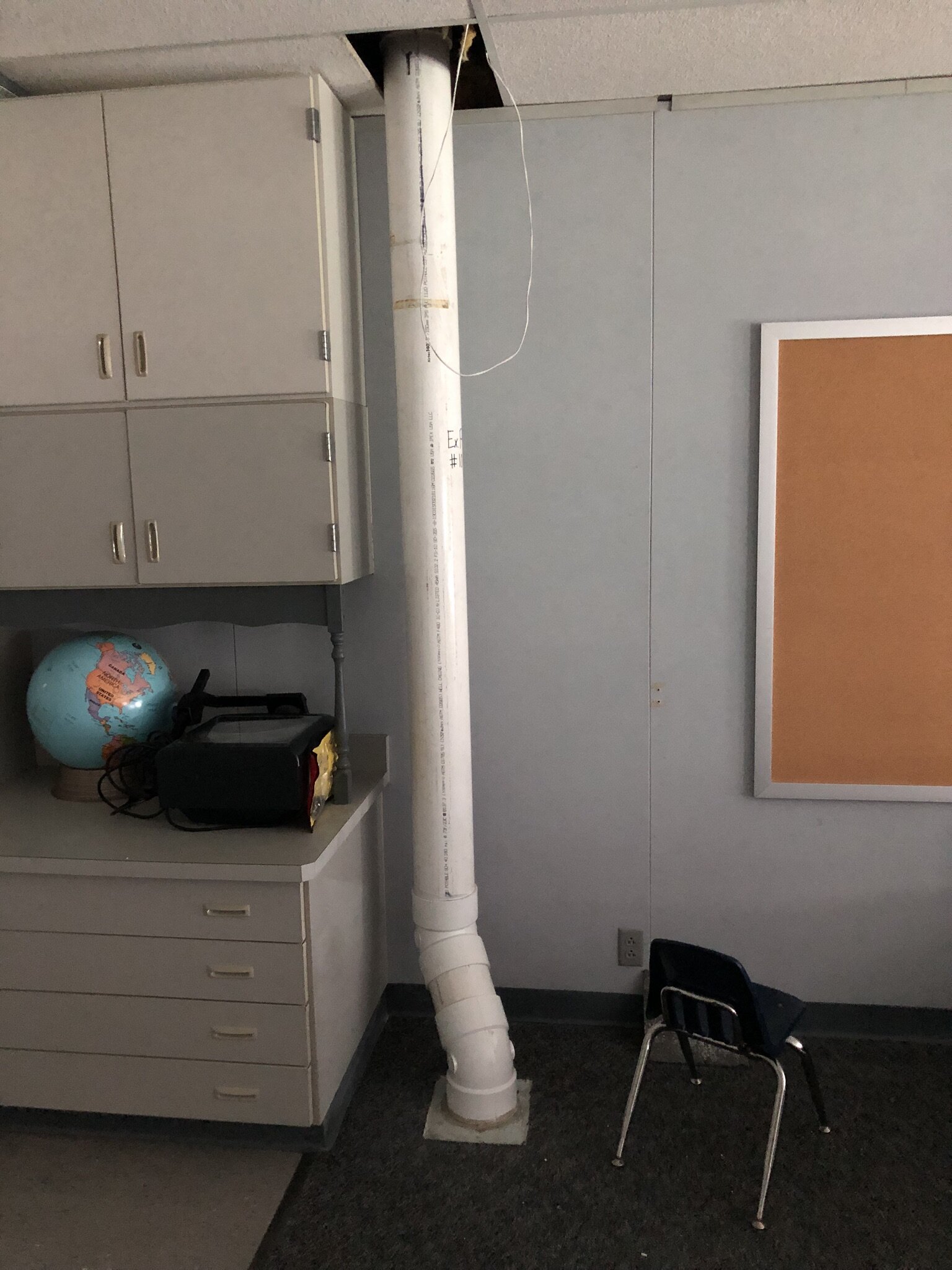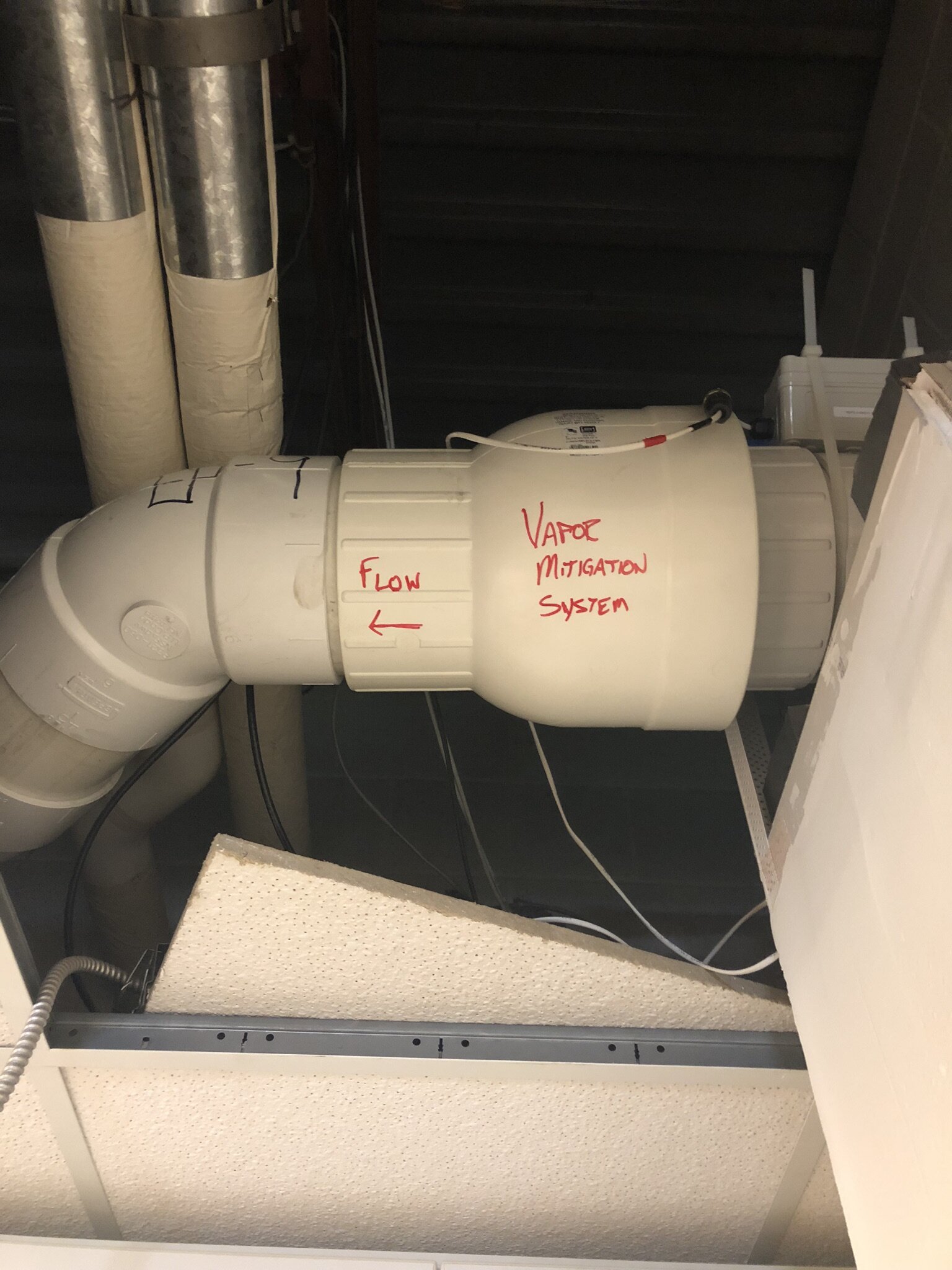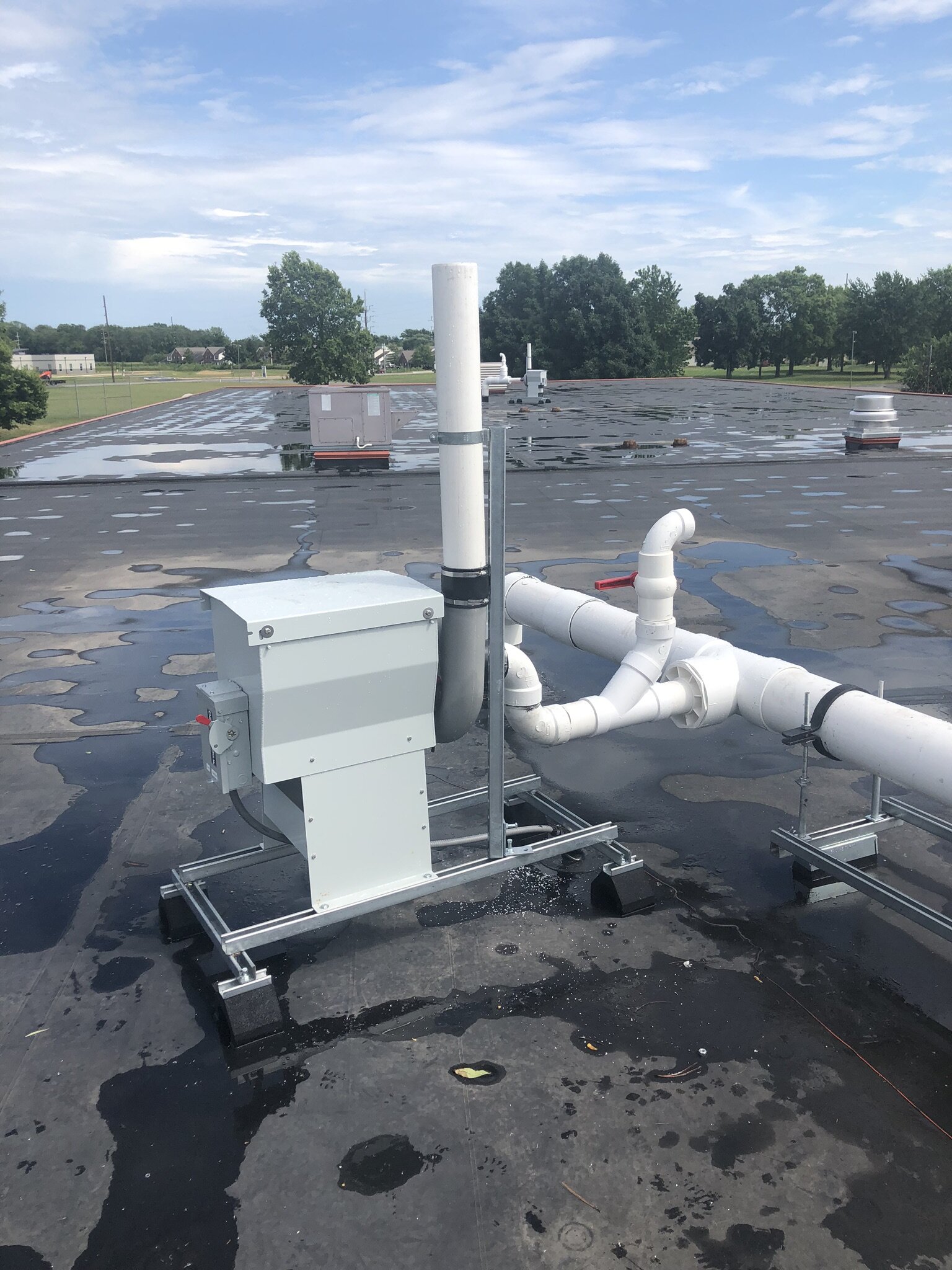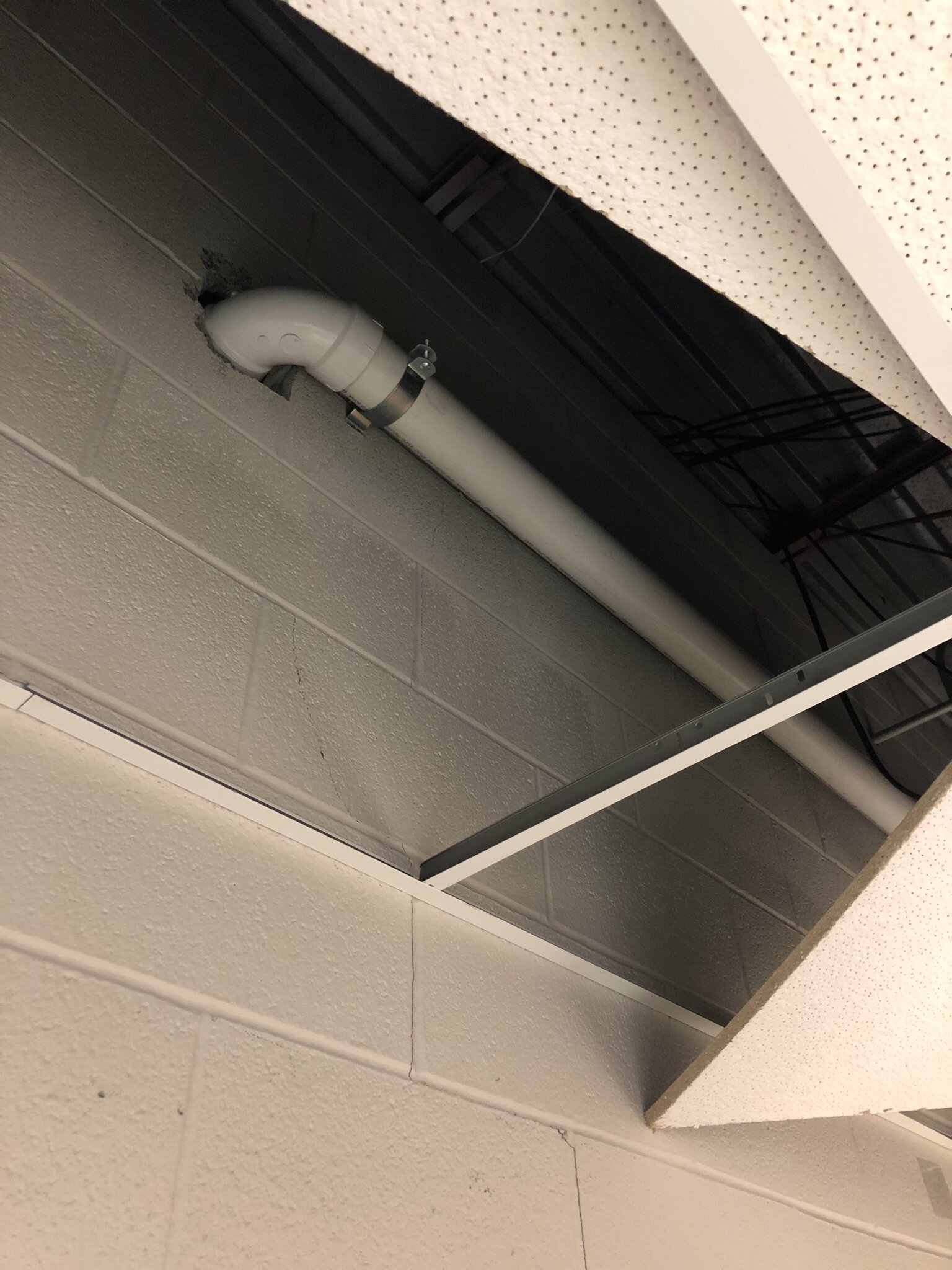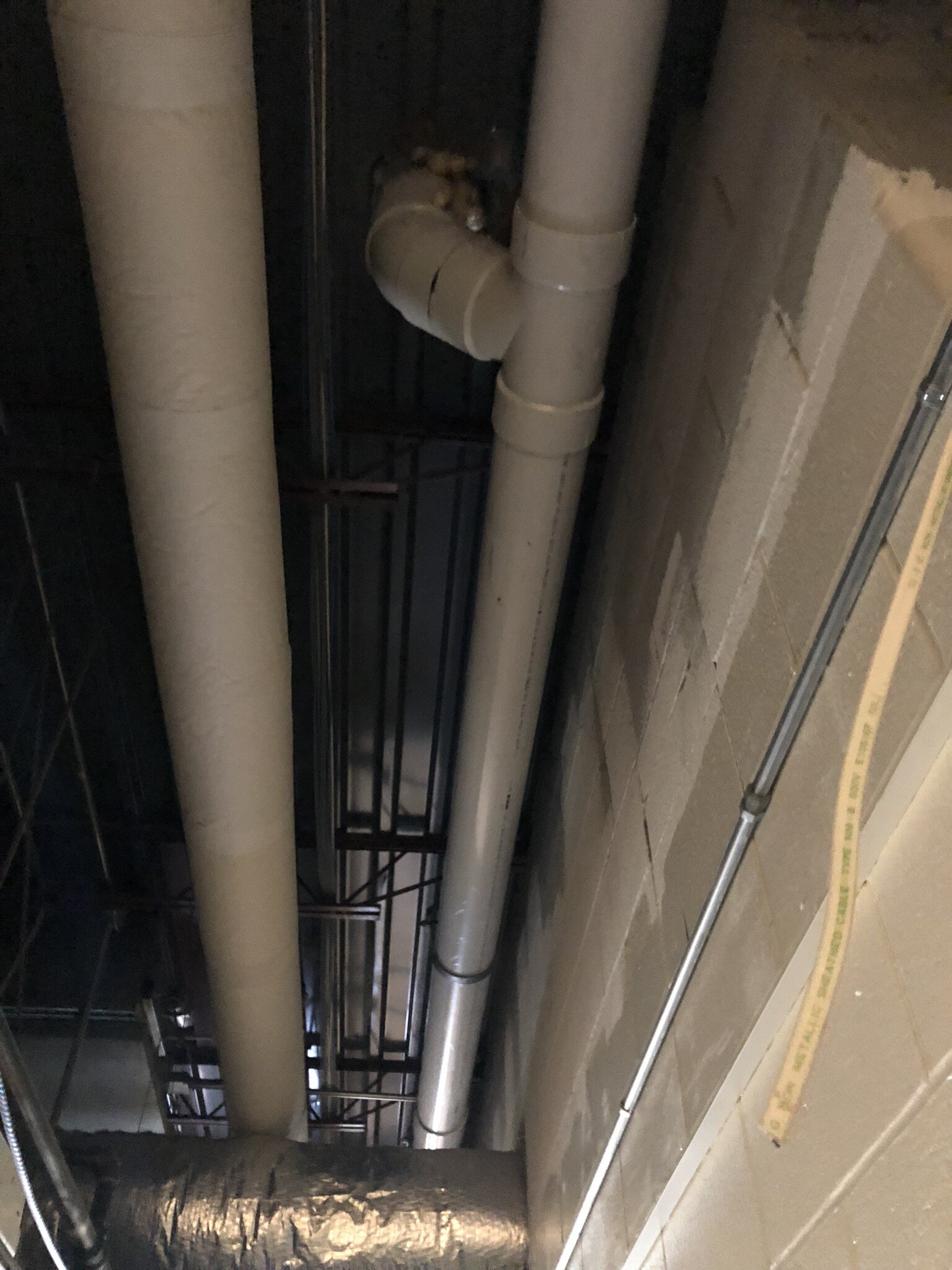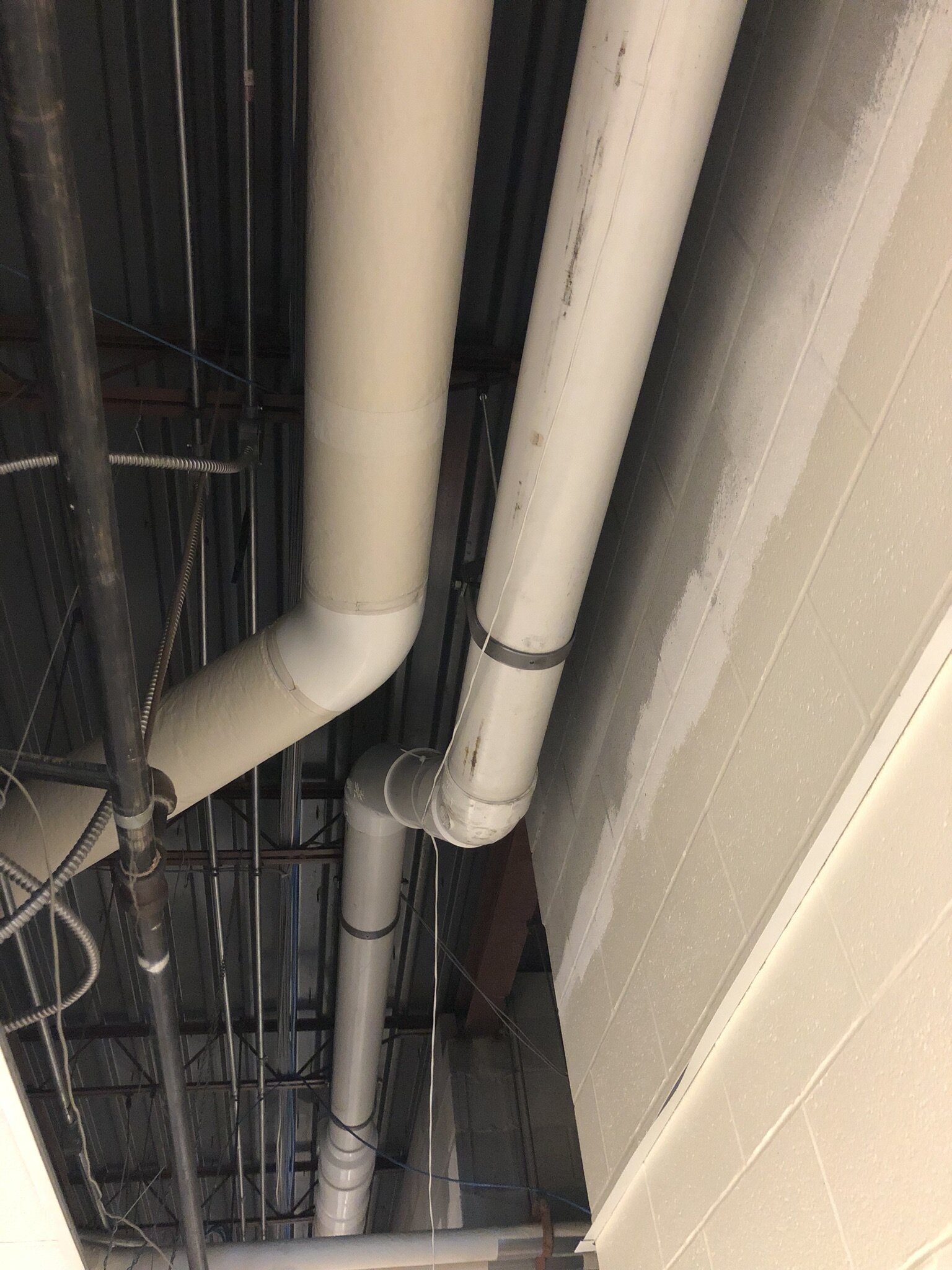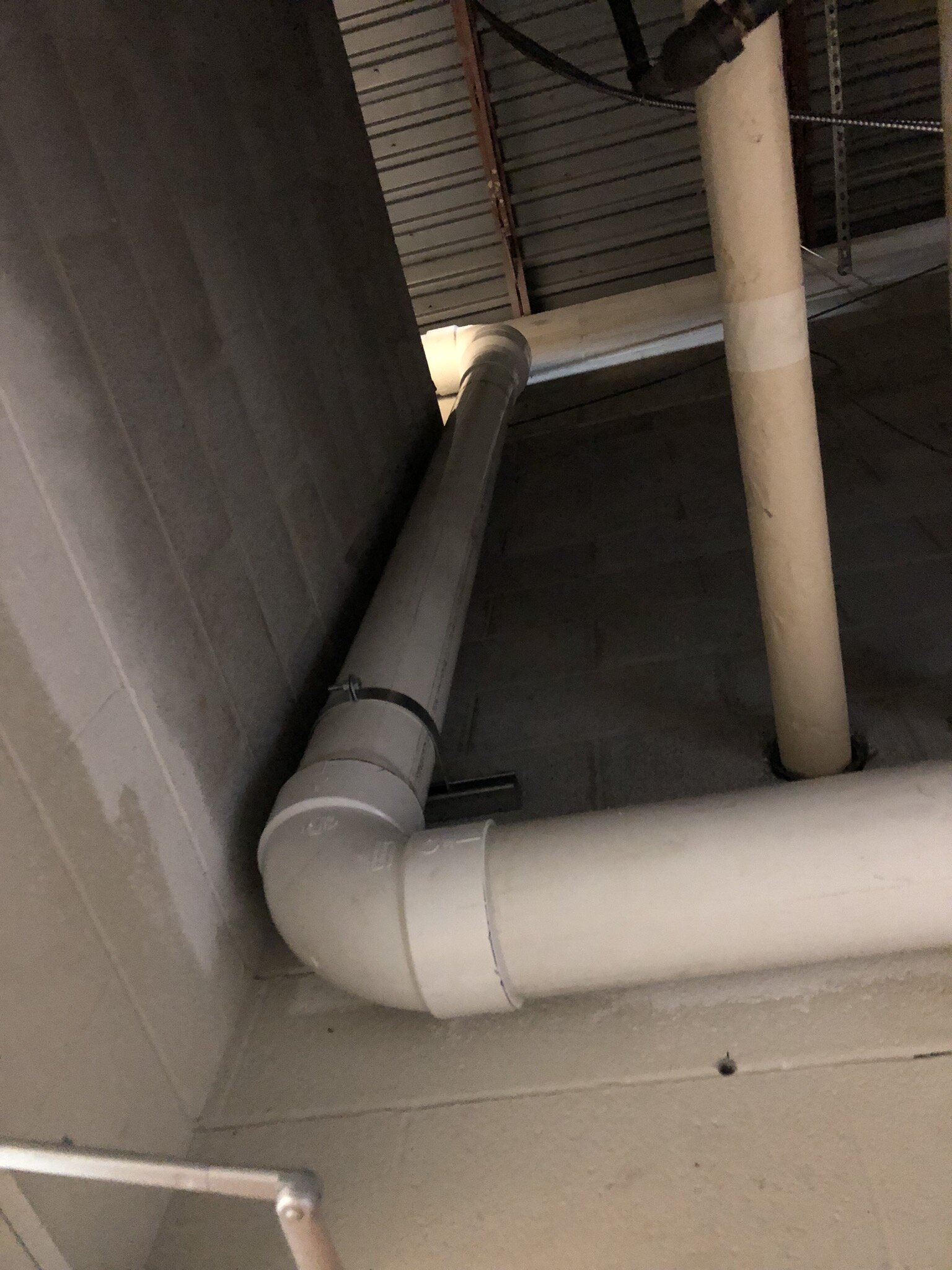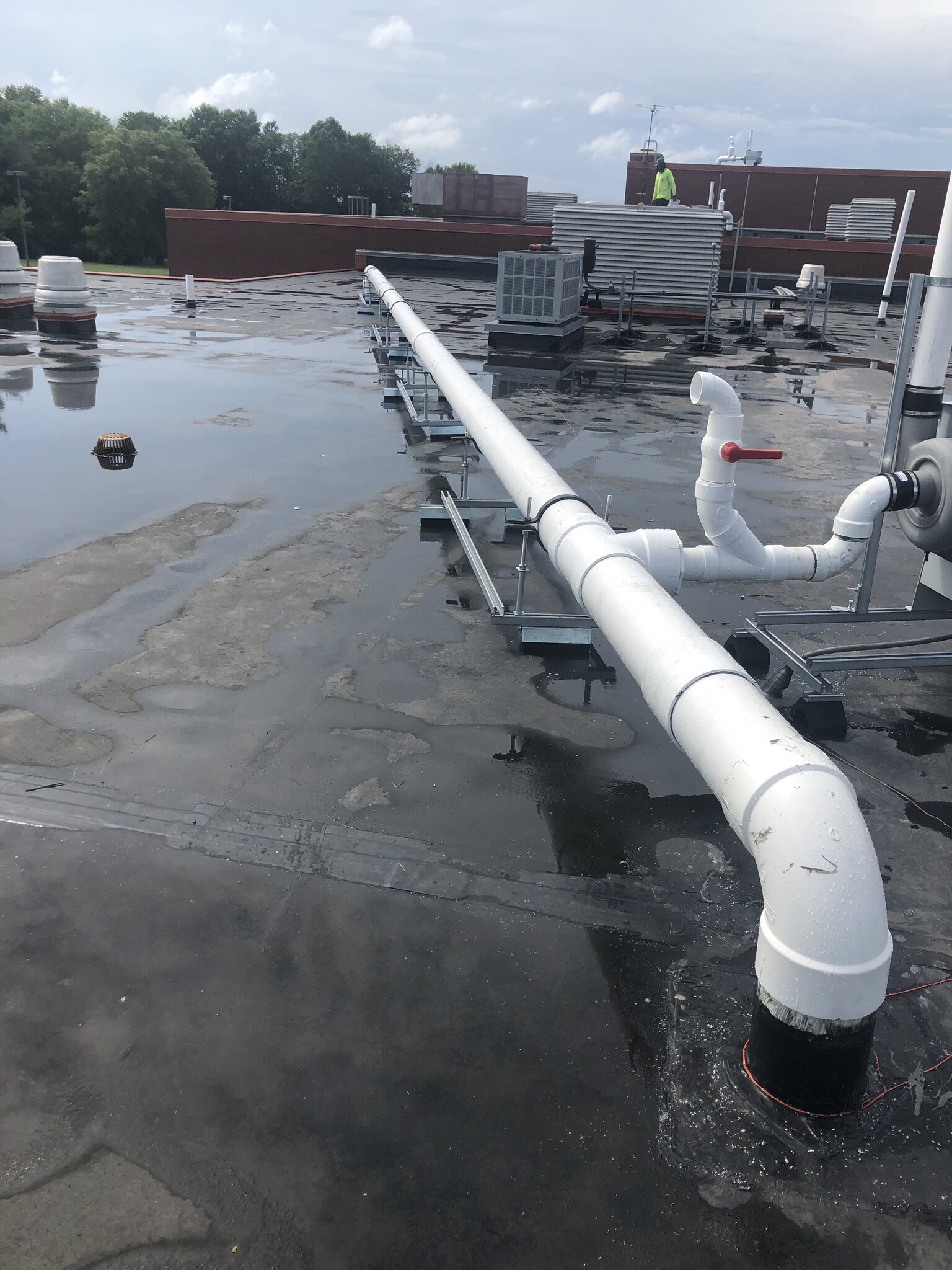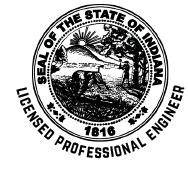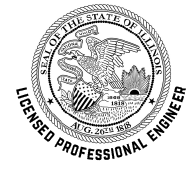How may we help you?
VET performs vapor intrusion evaluations at residential, commercial, and industrial properties to determine if migration of volatile organic compounds (VOCs) into buildings from contaminated soil or groundwater contamination may cause indoor air quality concerns. Vapor intrusion of VOCs, semi-volatile organic compounds (SVOCs), elemental mercury, and pesticides, for example, can accumulate in indoor air and cause immediate or long-term safety and health effects to the occupants of buildings. Conducting a vapor intrusion evaluation and taking the necessary steps to resolve vapor intrusion issues at your property helps you protect your investment, from the health of your employees or family to the long-term integrity and value of your property.
-
Vapor intrusion refers to the intrusion of chemicals from contaminated soil or groundwater into a building. It becomes an issue when soil or groundwater beneath a building is contaminated with hazardous chemicals or petroleum products. These substances release vapors that can move through the building foundation and accumulate in indoor air. Plumes of contaminants from petroleum spills, dry-cleaning chemicals, and pesticides, for example, can cause vapor intrusion and put occupants of the affected building at risk for many years.
Due to their volatile nature, VOCs present in soil have the potential to migrate into structures through utility pathways or cracks in building foundations as the vapors rise from underlying contaminated soil or groundwater. Vapor intrusion is a concern for properties with existing structures and for properties where structures may be developed in the future. Exposure to VOCs in indoor air can damage the central nervous system, liver, and kidneys. Petroleum or methane vapor intrusion can pose a safety threat since these chemicals are explosive. Other chemicals may cause eye irritation, headaches, or nausea. Long term exposure to chemical vapors in indoor air can cause more serious chronic diseases, with some believed to cause cancer in humans.
The amount of contamination in the subsurface (soil or groundwater), properties of subsurface soil and geology, the construction of the building, ventilation, and many other factors affect the likelihood and severity of vapor intrusion. The only way to understand the nature and extent of potential vapor intrusion is to conduct monitoring. VET performs vapor intrusion evaluations that target your specific property. Our vapor intrusion evaluations are tailored to the potential source of contamination and the condition of the building being evaluated. Our targeted and detailed evaluations are both cost effective and informative, and will help you make well informed decisions for mitigating vapor intrusion at your property.
Click here for additional information on vapor intrusion provided by the United States Environmental Protection Agency.
-
VOCs are organic chemicals that evaporate under normal indoor atmospheric conditions. The volatility of a chemical is determined by its boiling point, which corresponds to how easily the chemical will be emitted. Very volatile organic compounds have a boiling point between <0 to 50-100°C (propane, butane, methyl chloride). Other less volatile compounds have a boiling point between 240-260 to 380-400°C (pesticides such as DDT, fire retardants, and polychlorinated biphenyls (PCBs)).
VOCs may be present in soil or groundwater due to historic spills or mishandling of hazardous materials. VOCs in groundwater can migrate to the soil, where they occupy and travel through the air spaces between soil particles (soil gas). VOCs in soil naturally migrate upward. The rate at which they do so depends on the composition of the soil and pressure changes from climatic conditions, utility pathways, and pressure differentials created by heating ventilation and air conditioning (HVAC) systems in buildings.
For a technical overview of volatile compounds provided by the United States Environmental Protection Agency, click here.
-
Depending on where you live, where you work, the history of your property, and the condition of your buildings, vapor intrusion has the potential to affect everyone. When in doubt, call VET to gain an understanding of your potential exposure to vapor intrusion.
Homeowners
If there has been a spill of a hazardous substance or petroleum substance reaching soil or groundwater on or near your property, your home may be impacted by vapor intrusion. If you live near commercial or industrial facilities that currently or historically handled or manufactured hazardous chemicals or petroleum products, including dry cleaning facilities, photo or print shops, or gas stations, vapor intrusion may be a concern for your home. The proximity of your home to federal or state cleanup sites may also impact your vulnerability to vapor intrusion concerns.
Business Owners
Many businesses handle materials that contain VOCs. Historically, proper handling and disposing of potentially hazardous materials was not well understood, practiced, nor regulated. Even if your facility conducts all operations by the book, it’s possible that previous occupants of your building(s) may not have done the same. A historic spill or improper handling and disposal of VOCs has the potential to cause vapor intrusion at your facility. The proximity of your facility to federal or state cleanup sites may also impact your vulnerability to vapor intrusion concerns.
Commercial and Industrial Workers
If you work at or near a commercial or industrial facility where hazardous chemicals or petroleum substances were handled historically or are handled currently, you may be concerned about vapor intrusion. Your employer may have established engineering controls, work practices, or personal protective equipment to address a variety of environmental concerns. If you are concerned about potential or reported releases of VOCs, ask your employer about your workplace-specific safety measures that address vapor intrusion.
Developers and Prospective Buyers
Prior to investing in developing a property for residential, commercial, or industrial use, developers should be aware of all potential environmental concerns at a property. Conducting a Phase I Environmental Site Assessment (ESA) prior to purchase and development of a property will identify potential sources of vapor intrusion on or near the property. VET will perform and in-depth Phase I ESA and recommend additional investigation, if warranted by the identification of vapor intrusion concerns.
-
The following are indicators that vapor intrusion may be a concern at your property:
A Phase I Environmental Site Assessment identified a vapor encroachment concern (VEC) on or near the property (See VET’s Phase I page for more information about VECs.)
Environmental investigations, such as a Phase II Environmental Site Assessment, identified VOC soil or groundwater contamination on or near the property.
Workers or occupants complain of health effects that warrant evaluation of indoor air.
A documented or reported spill of a hazardous substance or petroleum product has occurred on or near the property.
-
Being aware of potential indoor air problems and seeking professional guidance is the first step to making sure your buildings remain safe. Resolving indoor air problems can improve your property value and keep your workers or family healthy. Consider developing an indoor air quality plan that identifies potential issues at your property and provides a clear action plan for employees or occupants who may notice a potential indoor air issue.
If current operations or historical uses of your property indicate that vapor intrusion could be an issue, VET will conduct a vapor intrusion evaluation. To assess whether vapor intrusion is affecting your building, VET will investigate the history of the site and conduct indoor air and soil gas sampling for analysis of the suspected chemicals of concern. USEPA and states have developed screening levels for indoor air exposure to most chemicals. A paired indoor air and soil gas sampling event can help determine if indoor air contamination is attributable to subsurface contamination, and thus is the result of vapor intrusion, or if the condition is the result of current facility operations. VET will compare results from your vapor intrusion evaluation to regulatory screening levels to determine if levels of VOCs in either soil gas or indoor air are acceptable. For more information about screening levels for specific contaminants, click here.
VET’s vapor intrusion evaluations are accompanied by a comprehensive indoor air survey that may identify additional sources of indoor air contamination at your property. Vapor intrusion evaluations may be conducted for peace of mind, or may be mandated by a regulatory agency. When you work with VET to evaluate vapor intrusion concerns, we do what makes sense for you.
-
Vapor intrusion may be resolved by removing the source of contamination in soil or groundwater underneath the building. If removal of the contamination is not possible, then a vapor mitigation system tailored to the building and the chemical(s) of concern should be installed. An example of a vapor mitigation system is an active sub-slab depressurization system (SSDS). An SSDS typically consists of a fan or blower that draws air from the soil beneath a building and discharges it to the atmosphere through a piping system, effectively causing the chemical(s) of concern to bypass the building. Soil gas mitigation standards differ for existing buildings and for new construction.
Post-mitigation or post-remediation sampling is crucial to make sure the mitigation system or remediation project effectively reduced or eliminated the vapor intrusion issue. VET oversees installation of mitigation systems and conducts post-mitigation monitoring to ensure chemicals of concern are reduced and remain below applicable regulatory screening levels. VET is equipped to perform quick and cost-effective periodic mitigation system inspections to verify that the system is functioning, protecting your investment in your property for years to come.
Click here for documentation from the United States Environmental Protection Agency regarding vapor intrusion mitigation approaches.
-
Vapor intrusion of VOCs from beneath a building is not the only source of indoor air contamination. VOCs are found in paints, air fresheners, scented candles, stored fuels, cleaning materials, cologne and perfume, building materials, and many other products, including common hobby supplies. VOCs from these commonly used sources in residential, commercial, and industrial facilities have the potential to volatilize into and accumulate in indoor air. Non-VOC indoor air concerns include radon, asbestos, lead, and mold, among many other site-specific contaminants.
VET performs area and personal air monitoring for a wide range of indoor air contaminants based on workplace conditions or other specific health concerns in residential or workplace settings. You may wish to include an additional indoor air investigation with a vapor intrusion evaluation. For example, radon entry into buildings occurs in a similar fashion to vapor intrusion, therefore coupling radon measurement and a vapor intrusion evaluation can be time and cost-effective and ensure you have a full understanding of the indoor air concerns at your property. VET will tailor a vapor intrusion evaluation and any necessary additional indoor air investigations to meet your needs and budget!


